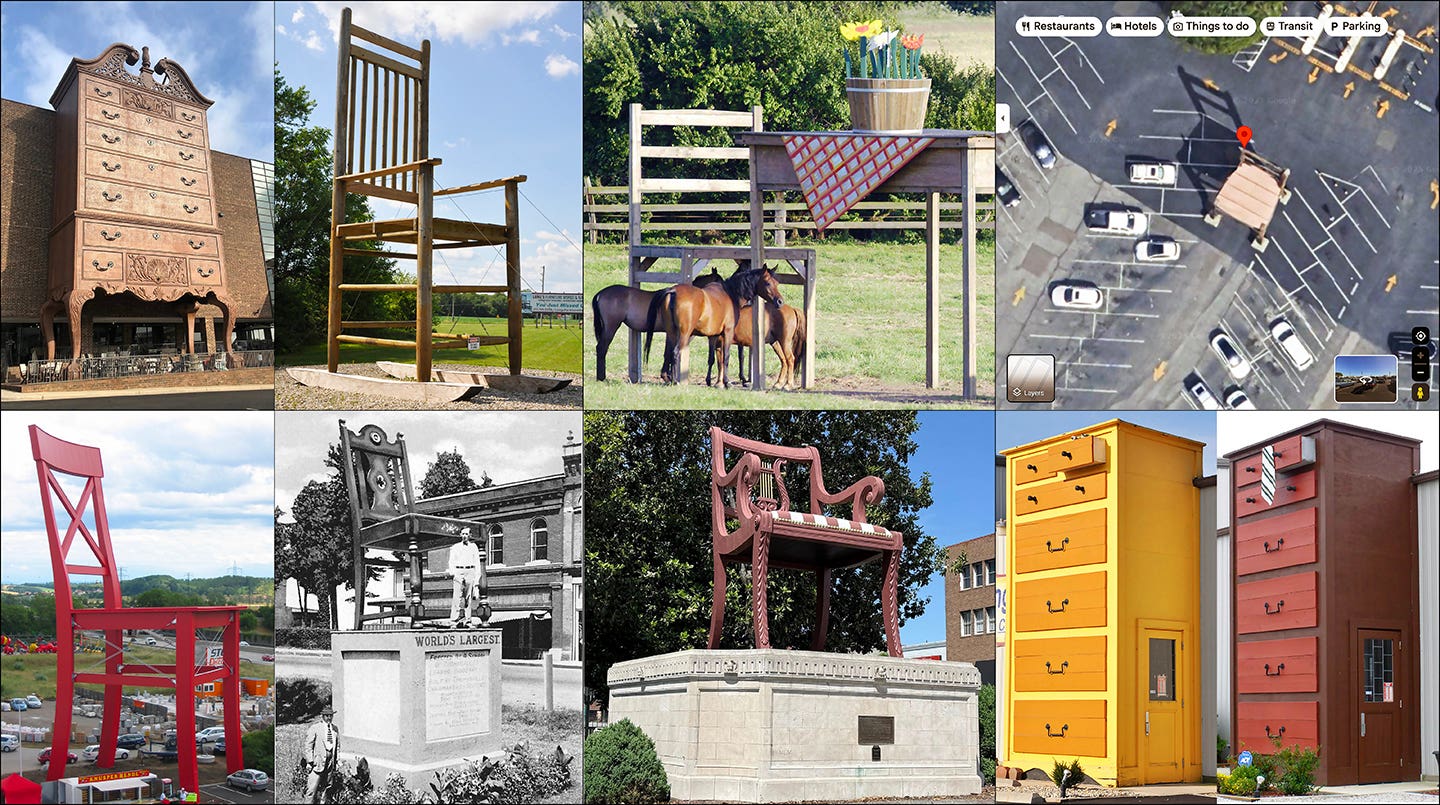Kit and kaboodle
What’s the fun in a woodworking kit? Almost everything’s already been done for you. Well, I must have a poor memory because once upon a time I got more than…
What’s the fun in a woodworking kit? Almost everything’s already been done for you. Well, I must have a poor memory because once upon a time I got more than fun from them.
I’ve been woodworking since high school, but I didn’t get serious with it till about 25 years ago. Although my high school shop had every machine imaginable, once I graduated I only had a few small tools – minimal hand tools, a drill, a jigsaw and that was about it -- to maintain my interest in woodworking. As a result, my learning curve was pretty shallow until I got really serious back in the late ’80s. There weren’t a lot of woodworking classes then, and the publishing boom for woodworking books was just getting started, so where was a guy to learn woodworking later in life? For me, knowledge came in kit form.
I wanted to build better, nicer projects but just didn’t have the tools. Didn’t really have much of a shop either, for that matter. The alternative at the time was woodworking kits. The joinery – dados, rabbets, grooves – where already cut, so they were really just an exercise in assembly. Not much different from the model airplanes I made as a kid. But just as I learned about airplanes from those plastic models, I learned about woodworking from those wooden kits.
And oddly, I learned in reverse. While those kits had all the components and joinery already cut, I still had to assemble and finish them. And for that, I had to learn on my own the best techniques for glue and finishes. As I grew more accomplished at those tasks, and began to add tools to my growing shop, I took the principles I’d learned from those kits and just repeated those already-done-for-my-convenience joints from the kits on my own. Since I remembered how they went together and I still had those old projects in my home for reference, it was just a matter of applying the same thing to brand new wood. And as I worked backward, it was amazing how quickly what I’d learned in high school shop years earlier came back to me.
My shop is almost as well equipped today as the one I had in high school. The machines aren’t as large as the industrial monsters we had back then, but they do all the same things. More importantly, I know how to use them all – plus quite a few hand tools, too. But it was those kits in the intervening time after high school shop that not only maintained my interest, but really taught me the essentials of practical woodworking that I use today.
Bottom line? If you want to get someone interested in woodworking, get them a kit. Better yet, make one for them.
A.J.
A.J. Hamler is the former editor of Woodshop News and Woodcraft Magazine. He's currently a freelance woodworking writer/editor, which is another way of stating self-employed. When he's not writing or in the shop, he enjoys science fiction, gourmet cooking and Civil War reenacting, but not at the same time.







